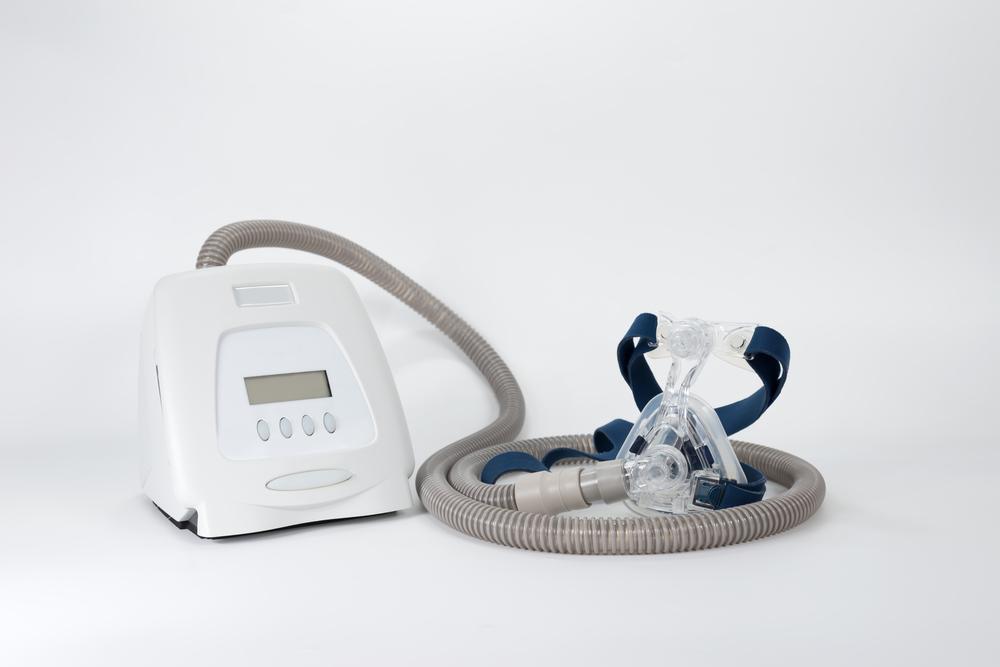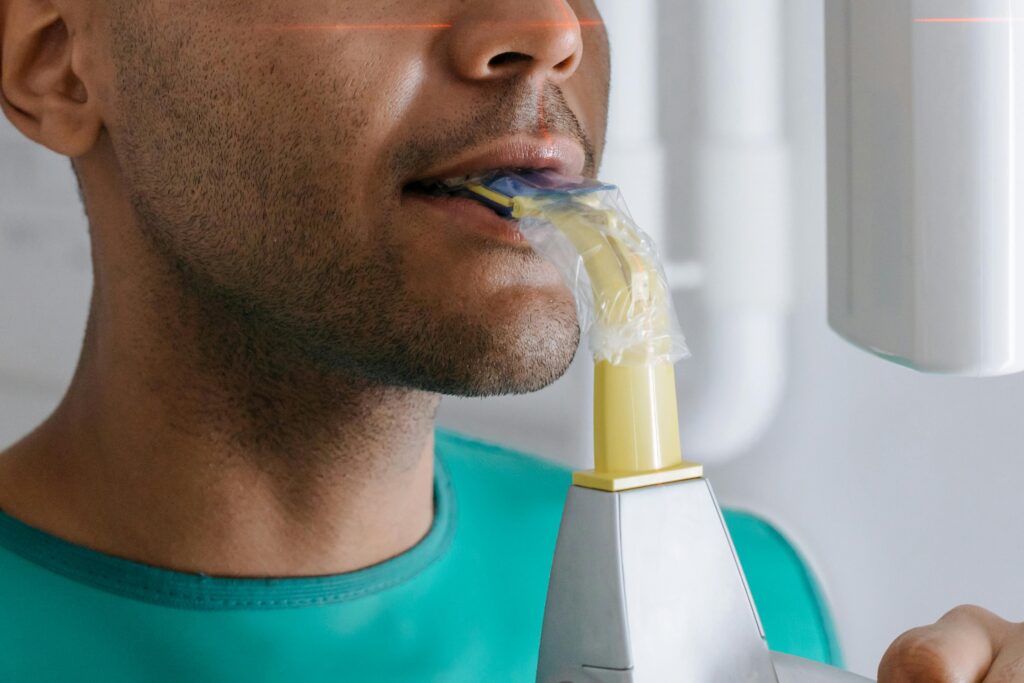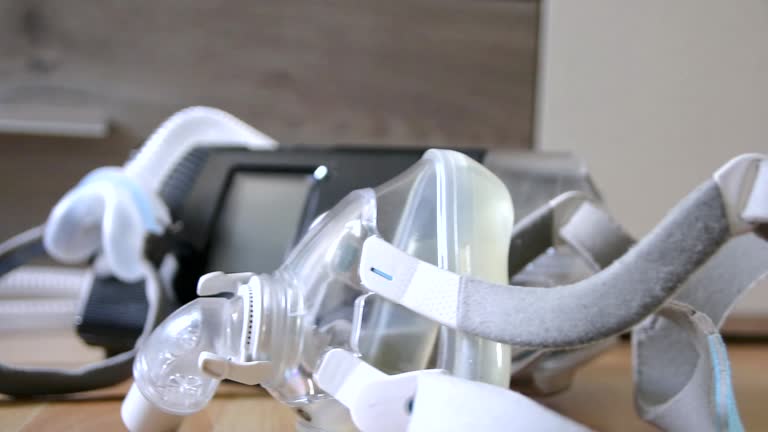
Oral Appliances vs. CPAP: What’s Better for Sleep Apnea Treatment?
Sleep apnea treatment often comes down to two main options: Continuous Positive Airway Pressure (CPAP) machines or oral appliances. Both have pros and cons, and the best choice depends on your specific needs, sleep apnea severity, and lifestyle. This comprehensive guide compares them head-to-head, backed by the latest research and expert recommendations.

Key Differences at a Glance
| Feature | CPAP | Oral Appliance |
|---|---|---|
| Effectiveness | Gold standard (95%+ efficacy) | 50-80% efficacy (mild-moderate cases) |
| Comfort | Can feel bulky; mask discomfort | Feels like a mouthguard/sports retainer |
| Portability | Requires power source | Fits in a small case; travel-friendly |
| Noise Level | Humming sound (varies by model) | Silent |
| Maintenance | Daily cleaning; filter changes | Occasional adjustments by dentist |
| Cost | $500–$1,500 (often insurance-covered) | $1,500–$3,000 (custom-fitted) |
| Best For | Severe sleep apnea, high AHI | Mild-moderate apnea, CPAP-intolerant |

CPAP: The Gold Standard with High Efficacy
How It Works
- Delivers continuous air pressure through a mask to keep airways open.
- Prevents apnea events (pauses in breathing) by acting as a “pneumatic splint.”
Pros
✅ Highly effective (near-elimination of apnea events when used properly)
✅ Adjustable pressure (auto-CPAP responds to breathing changes)
✅ Humidification options (reduces dry mouth/nose)
✅ Covered by most insurance plans
Cons
❌ Can be uncomfortable (mask leaks, facial pressure marks)
❌ Requires electricity (less convenient for travel/camping)
❌ Noise may disturb light sleepers (though modern machines are quieter)
Who Should Use CPAP?
✔ Severe sleep apnea (AHI >30)
✔ Patients with low oxygen levels during sleep
✔ Those who tolerate the mask well

Oral Appliances: A Comfortable Alternative
How They Work
- Mandibular Advancement Devices (MADs) reposition the lower jaw forward.
- Tongue-Retaining Devices (TRDs) hold the tongue in place to prevent airway blockage.
Pros
✅ More comfortable (feels like a sports mouthguard)
✅ Silent and portable (no cords or machines)
✅ Easy to travel with (TSA-friendly)
✅ Better compliance for some users (studies show higher long-term use vs. CPAP)
Cons
❌ Less effective for severe apnea (may not fully resolve events)
❌ Jaw/tooth discomfort (temporary soreness is common)
❌ Requires dental visits for fitting and adjustments
❌ Higher out-of-pocket cost if insurance doesn’t cover it
Who Should Use an Oral Appliance?
✔ Mild to moderate sleep apnea (AHI 5-30)
✔ CPAP-intolerant patients (claustrophobia, mask discomfort)
✔ Frequent travelers or those without reliable power access
Head-to-Head Comparison: What Research Says
1. Effectiveness in Reducing Apnea Events
| Treatment | AHI Reduction | Oxygen Improvement |
|---|---|---|
| CPAP | 90-100% | Significant |
| Oral Appliance | 50-80% | Moderate |
Source: American Academy of Sleep Medicine (AASM), 2024
2. Long-Term Compliance Rates
- CPAP: ~60% of patients still using after 1 year
- Oral Appliances: ~75% still using after 1 year
Why? Many find oral appliances easier to stick with due to comfort.
3. Impact on Daytime Symptoms
Both improve:
✔ Daytime sleepiness
✔ Morning headaches
✔ Cognitive function
But CPAP works faster (noticeable improvement in 1-2 weeks vs. 4-6 weeks for oral appliances).
Which One Is Right for You? Decision Guide
Choose CPAP If You…
- Have severe sleep apnea (AHI >30)
- Experience very low oxygen levels at night
- Don’t mind wearing a mask
- Want the most medically proven solution
Choose an Oral Appliance If You…
- Have mild to moderate apnea (AHI 5-30)
- Can’t tolerate CPAP (claustrophobia, mask leaks)
- Travel frequently or need a portable option
- Prefer a silent, low-maintenance device
Can You Use Both?
- Some patients alternate (CPAP at home, oral appliance while traveling).
- Others use combination therapy (oral appliance + light CPAP pressure).
FAQs: Oral Appliances vs. CPAP
1. Can an oral appliance fully replace CPAP?
For mild-moderate cases, yes. For severe apnea, CPAP is usually better. Some patients use both.
2. Do oral appliances cause jaw pain or bite changes?
- Temporary soreness is common but usually fades.
- Permanent bite changes are rare if fitted properly by a dentist.
3. How do I know if I’m a candidate for an oral appliance?
- Get a sleep study to confirm apnea severity.
- Consult a dentist specializing in sleep medicine.
4. Does insurance cover oral appliances?
- Many plans cover 50-80% if CPAP fails.
- Medicare covers custom-fitted devices for qualified patients.
5. What’s the #1 reason people switch from CPAP to oral appliances?
Comfort. If CPAP feels too intrusive, an oral appliance may be a better fit.
Final Verdict: It Depends on Your Needs
- CPAP = Maximum effectiveness (best for severe apnea)
- Oral appliance = Better comfort & convenience (ideal for mild-moderate cases)
Next Steps:
- Take a sleep test to confirm your AHI.
- Discuss options with a sleep specialist or dentist.
- Try both if possible—some clinics offer trial periods.
Bottom Line: The “best” treatment is the one you’ll actually use consistently. Whether it’s CPAP, an oral appliance, or a combination, treating sleep apnea is crucial for long-term health.
